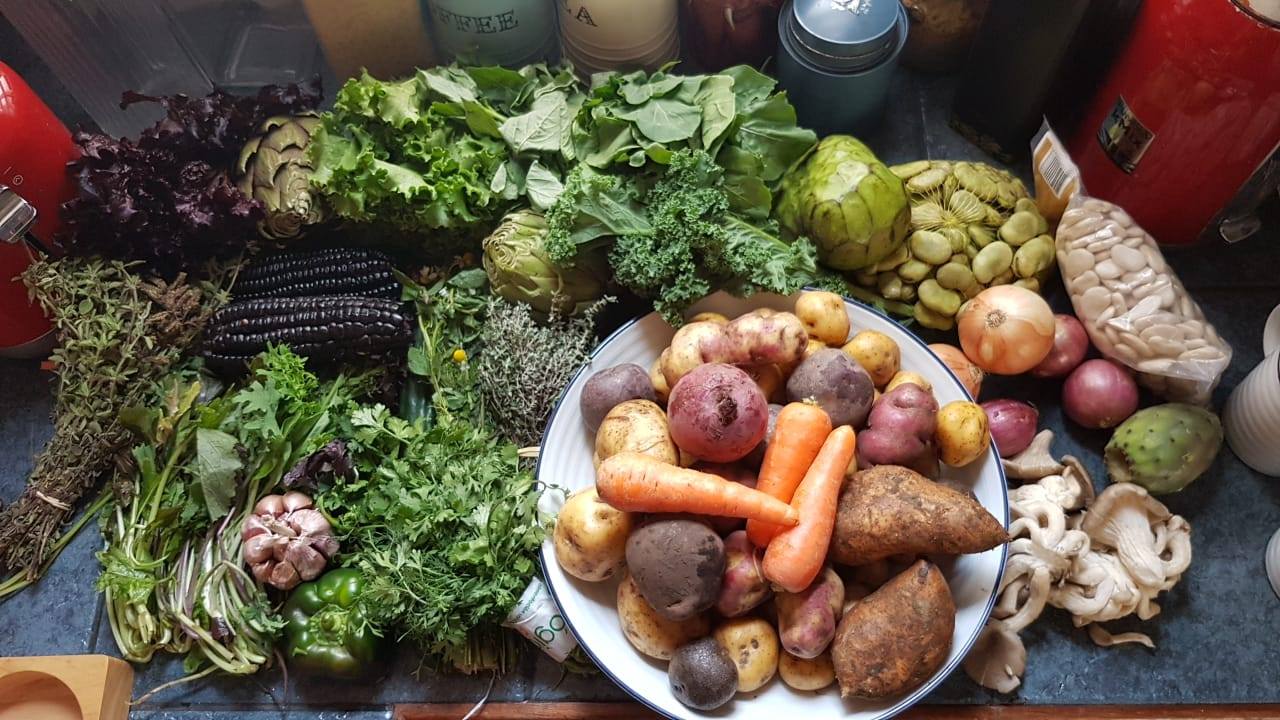By Anna Stephens, Third Year, History
The Croft Magazine// Anna Stephens explains what the five-thousand-year-old holistic Indian system of medicine is and how it has helped her.
As a child, I was born with serious health issues. I was allergic to more than half the food I ate, and didn’t gain any weight whatsoever for several months. One of my problems was that my skin was covered in eczema, and I had to be wrapped like a mummy from head to toe to stop myself scratching. I was taken from doctor to doctor, trying to find a solution, prescribed pills and creams but nothing changed.
Finally, as a last resort, I was taken to a homeopath. The homeopath did some seemingly ridiculous things, like weighing me against a bag of flour to work out if I was the correct weight. Then, finally, they prescribed me a piece of tree bark to eat. My parents were at first incredulous and sceptical but I ate the tree bark, and my skin condition began immediately to heal. Since then I have developed an interest in alternative medicinal practices, which I think have gone as far as saving my life more than once.

What is Ayurveda?
Ancient Indian manuscripts document a system of medicine which dates back 5,000 years, and suggests to us that in order to achieve optimum health, we as individuals should work towards reaching a state of harmony with the natural workings of the universe.
This, the writing of sages suggests, can be done through feeding the senses, sleeping peacefully at night, maintaining a healthy diet and regularly exercising. These are obvious things we strive towards in the modern day, so what makes this ancient holistic healing system special, and have we lost touch with it?
Ayurvedic medicine rests on the principle that healing begins by tuning into the body in an attempt to reach inner peace and alignment with the self
Ayurveda pinpoints diet, sleep and gratifying the senses as the foundation of an overall healthy lifestyle which serves as the building block for healing. Ayurveda is still practiced by around 80% of the Indian population and has spread to other countries, including South America, Australia and the UK.

First documented by Indian sages, it is grounded in a unique philosophy which perceives the body, spirit and mind as being an intricately connected whole. Ayurvedic medicine rests on the principle that healing begins by tuning into the body in an attempt to reach inner peace and alignment with the self. ‘Ayur’ means life, and ‘veda’ means science: ‘ayurveda’ is thus the science of life, the practical application of the wisdom of the sages in order to leave a healthy lifestyle.
This is why yoga is included as a foundation of Ayurveda, including not only physical movements but also pranayama - mindful breathing, to bring us back to the present moment. Pranayama is believed to bring the body into rest and restore mode, rather than the fight or flight mode that so many of us find ourselves in.
The philosophy behind Ayurveda
Ayurveda is based on the ideology that every person is composed of space, fire, water and earth, and these are represented by three ‘doshas’, or ‘life energies’. They include vata dosha, pitta dosha and kapha dosha. Each person has more of one and less of another, and this levelling determines what type of illnesses they may suffer from.
Vata Dosha controls the most basic bodily functions, such as the mind, breathing, the heart beat etc. It can be disrupted by eating too much, as well as fear and grief. If it is out of balance it can cause anxiety and asthma. Pitta Dosha controls digestion, metabolism and hormones linked to appetite. It can be troubled by too much sun exposure and eating too spicy or too sour foods. Kapha Dosha controls muscle growth, body strength and stability, weight and the immune system. When out of balance – caused by the cold and not enough exercise – it can cause sluggishness and depression.
Take the Pukka Herbs quiz to find out which is your dominant dosha.
The practical application
The overall aim of Ayurveda is to restore balance to the body. The first steps include panchakama: the practice of cleansing the body of undigested foods, and can also begin with meditations to clear the mind and expand awareness. Practitioners of Ayurveda believe the mind has a powerful ability to heal the body. The major aspects of Ayurveda can be practiced easily without expert help, by focusing on maintaining healthy diet, digestion, sleep and harmony with the body.

Diet
- Essential to the practice of Ayurveda is paying close attention to the food we consume, which involves identifying with the “you are what you eat” concept. Nourishing food which is colourful, fresh, flavoursome and what your body is craving is recommended. Foods which contain colours such as deep blue, purple, red, green or orange generally contain a lot of antioxidants. Practitioners encourage you to incorporate these six tastes into your diet: sweet, salty, sour, pungent, bitter and astringent.
- Ayurveda also advocates an understanding of the powerful healing properties of herbs and spices. Turmeric and ginger are anti-carcinogenic, anti-inflammatory and strongly anti-oxidant, and are just one example of over 200,000 to 300,000 herbs and spices which exist in the world today.
Digestion
- Digestion is related to an individual’s ‘agni’, their fire, and ‘ama’ is a toxic residue which may build up when digestion is yet to finish. For better digestion, Ayurveda principles involve always sitting when eating (never eating rushed or standing), being mindful and appreciative of your food and eating in a relaxed and comfortable environment which allows the body to successfully process and absorb nutrients.
Sleep
- Sleep is vital for the restoration of the body. An adequate amount of sleep gives the body and mind time to repair and heal. This means getting up early, sleeping early and getting around seven to nine hours.
Harmony
- Ayurveda claims that is ideal to be in harmony with nature, and this includes surrounding the senses with positive experiences of being in nature such as the physical contact of trees, leaves and grass on the skin. Exposing oneself to the weather will also allow the body’s natural defence mechanisms to kick in; this is supposed to be particularly true of the cold.
This ancient Indian practice shouldn’t be considered as an alternative to modern medicine but rather a mindset which can be adopted if one wants to improve their overall quality of life. This can be done through yogic breathing such as pranayama, understanding the properties of different herbs as well as consciously choosing a diet which benefits the body.
It is important to note that Ayurveda has not yet been officially approved as a valid medicinal system in the UK and the US which is, of course, why it remains under the bracket of ‘alternative’. It has, however, produced positive results particularly for directly healing osteoarthritis and diabetes. There are countless stories of people who have recovered from all types of illness and in general improved their health through adopting an Ayurvedic lifestyle.
Nature as we know it has an incredible capacity to heal itself, and we have been gifted with herbs and nourishing foods which allow us to do the same. Ayurveda reminds us of nature’s innate gift of healing that we also all have.
| Eat well, feel well: a guide to eating for wellbeing
| 'Studies say heroin is easier to give up': Students on quitting smoking
Featured image: Epigram / Anna Stephens
Find The Croft Magazine inside every copy of Epigram newspaper.









